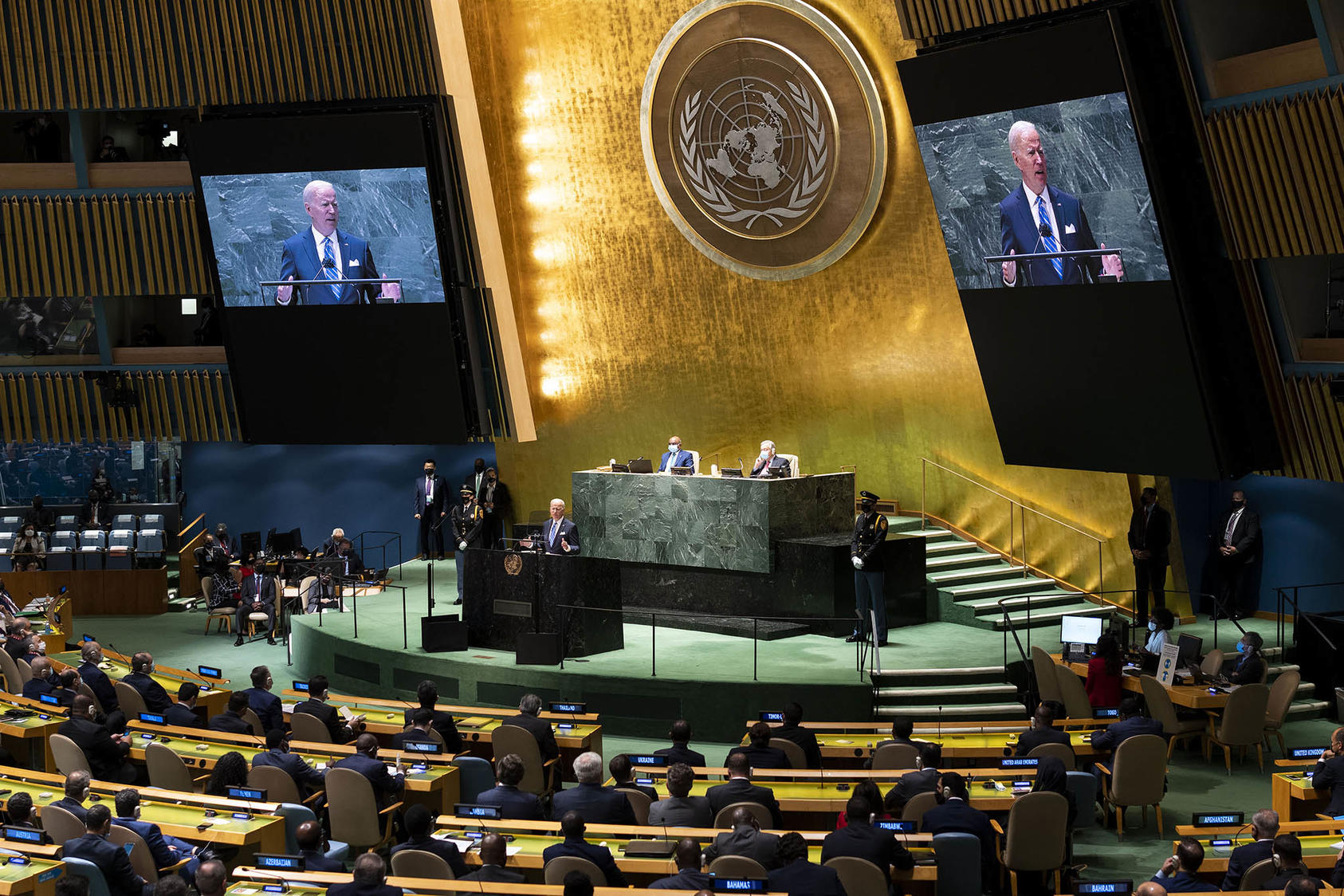Abstract
‘Asymmetric governance: how can multilateralism work with multipolarity’ explores the challenges and opportunities the multipolar world presents for multilateral organisations. This paper highlights the shift of the world order from a unipolar world to a multipolar world and the need for effective governance for managing the diverse interests and needs of the multiple countries of the world with different power shares. This paper highlights the methods that can be adapted to increase the multilateral organisations’ effectiveness in a multipolar world. It has also focused on the aspect of asymmetric governance. This paper suggests the states’ strategic engagement in maintaining global stability and solving global issues effectively.
Overall this paper highlights the need for the changes in the multilateral organisations in the multipolar world for peaceful and cooperative global governance with the help of asymmetric governance.
Keywords: Multilateralism, multipolarity, asymmetric governance, state-centric approach, human-centric approach
Introduction
The political nature kept on changing since the introduction of the term ‘International relations’. There has been a pattern of conflicts and cooperation among territory-based units which has shaped international politics. The era of Globalisation is known to be the revolutionary phase in the working and relations of countries. The world has shifted from being unipolar or one-power hegemony to a multipolar world. International organisations have played a key role in enhancing the process of globalisation. Earlier decisions taken by powerful countries were binding on the rest and in the favour of powerful countries, with the onset of globalisation, the world is shifting towards multilateralism and a multipolar world.
Multilateralism is a form of joint action between two or more countries that adhere to a common political project based on respect for a shared system of norms and values. Multilateralism is based on the principles of consultation, inclusion and solidarity. It promotes sustainable and effective Cooperation. According to James Scott, ‘ Multilateralism is a process of organising relations between groups of three or more states and having certain qualitative elements or principles that shape the character of arrangement or institution.’
Multipolarity is used to elucidate the structural existence of several institutions with equal distribution of power among member states in the international system. The process leading to Multipolarity is Multi Polarisation and policies designed to facilitate such processes are multipolarism.
With the changing nature of world politics, the concept of asymmetric governance came into light in the plurinational state. Asymmetric governance provides the platform for diverse social groups and their interests that help to ensure the unique identities and needs of different regions that should be respected and preserved to promote unity among nations. Asymmetric governance provides representation to weak or developing countries ensuring their voices are heard and their interests are represented. Asymmetric governance protects social justice, reducing dissatisfaction, better representation in democracy, secure rights, cooperative federalism and reducing radicalisation.
Multipolarity and Global Governance
The concept of polarity in international relations is used to describe the presence of one or more great powers dominating the global system. According to Goedele De Keersmaker, ‘Polarity is about the number of great powers’. There are three types of polarity, unipolarity, bipolarity and multipolarity. The international system has changed from a unipolar world to a bipolar world and then to a multipolar world. There are some criteria to be fulfilled by the countries to be classified into different types of polarity. The nature of polarity can be judged from the six indicators: total population, urban population, military expenditures, military personnel, energy consumption, and iron and/or steel production to be a great power. These indicators help us to get an insight into the number of powerful countries of that particular period. These indicators play a key role in bringing a shift in the emergence of great powers in the international system from a unipolar to a multipolar world.
Click Here To Download The Paper


📌Analysis of Bills and Acts
📌 Summary of Reports from Government Agencies
📌 Analysis of Election Manifestos

